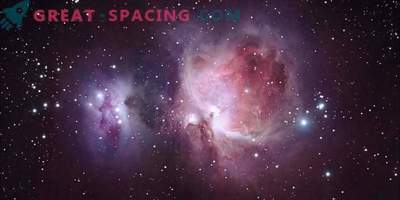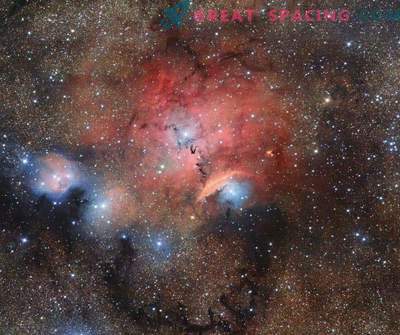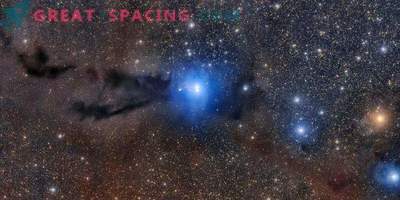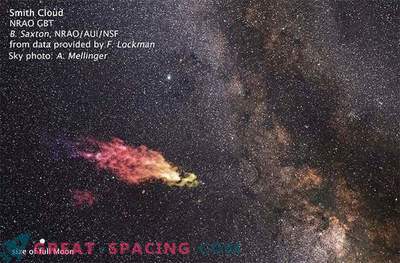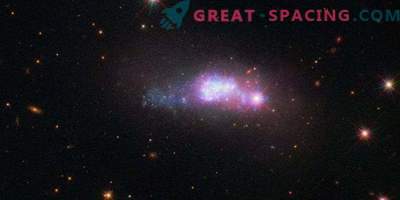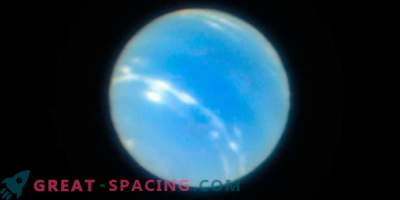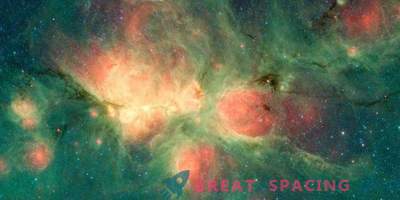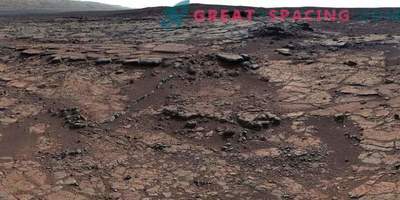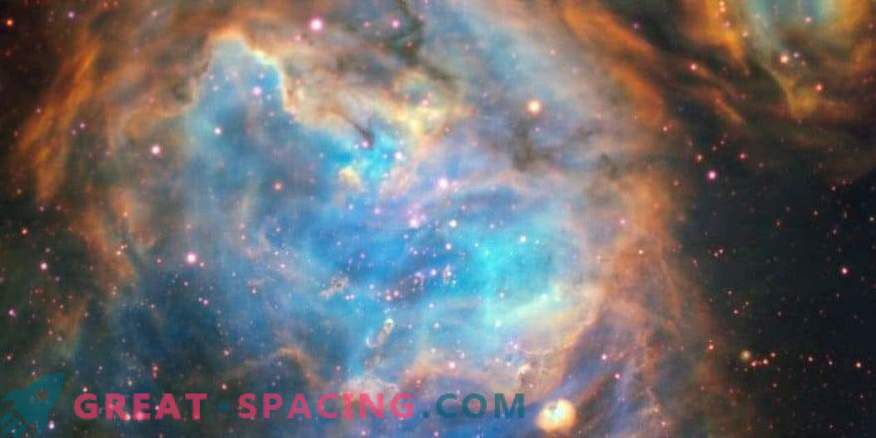
The bright area of new stars in the Large Magellanic Cloud is fixed by the MUSE instrument on the Very Large Telescope. A small amount of dust allowed us to highlight the intricate details of the area in visible light.
A specific section of the Large Magellanic Cloud glows with bright colors in a photograph obtained by the MUSE tool on the Very Large Telescope. The area LHA 120-N 180B (N180 B) is a variation of the H II nebula and is considered the cradle for the birth of new stars.
The Large Magellanic Cloud is a satellite dwarf galaxy of the Milky Way, observed from the southern hemisphere. Distant from us at 160,000 light years. The only spiral sleeve is turned to us, therefore the area N180 B is clearly visible.
H II patches are interstellar clouds of ionized hydrogen. These regions are known as star hospitals, and newly formed massive stars are responsible for the ionization of the surrounding gas. The remarkable form of N180 B resembles a large-scale bubble of ionized hydrogen surrounded by four smaller bubbles.
In the depth of the bright cloud, MUSE was able to examine the jet thrown out by the young star (12 times massive), which was called HH 1177. The first time such a jet was observed in visible light outside the Milky Way, because they are usually hidden behind dusty surroundings. But in the Large Magellanic Cloud there is not much dust, therefore HH 1177 is visible at visible wavelengths. It is drawn out for 33 light years and is considered one of the longest jets.
HH 1177 is able to tell about the early stages of stellar life. The beam is strongly collimated and is associated with the accretion disk of the star, which will make it possible to understand how young stellar objects receive matter. The researchers noticed that high and low mass stars release collimated jets, such as HH 1177, using similar mechanisms, which means they are formed in a similar way.
Recently, the MUSE device has been greatly improved by the addition of adaptive optics — the process of compensating for the blurring of the atmosphere, which makes it possible to produce high-resolution images. Now the tool studies the Universe in more detail, approaching the capabilities of the Hubble Space Telescope.




